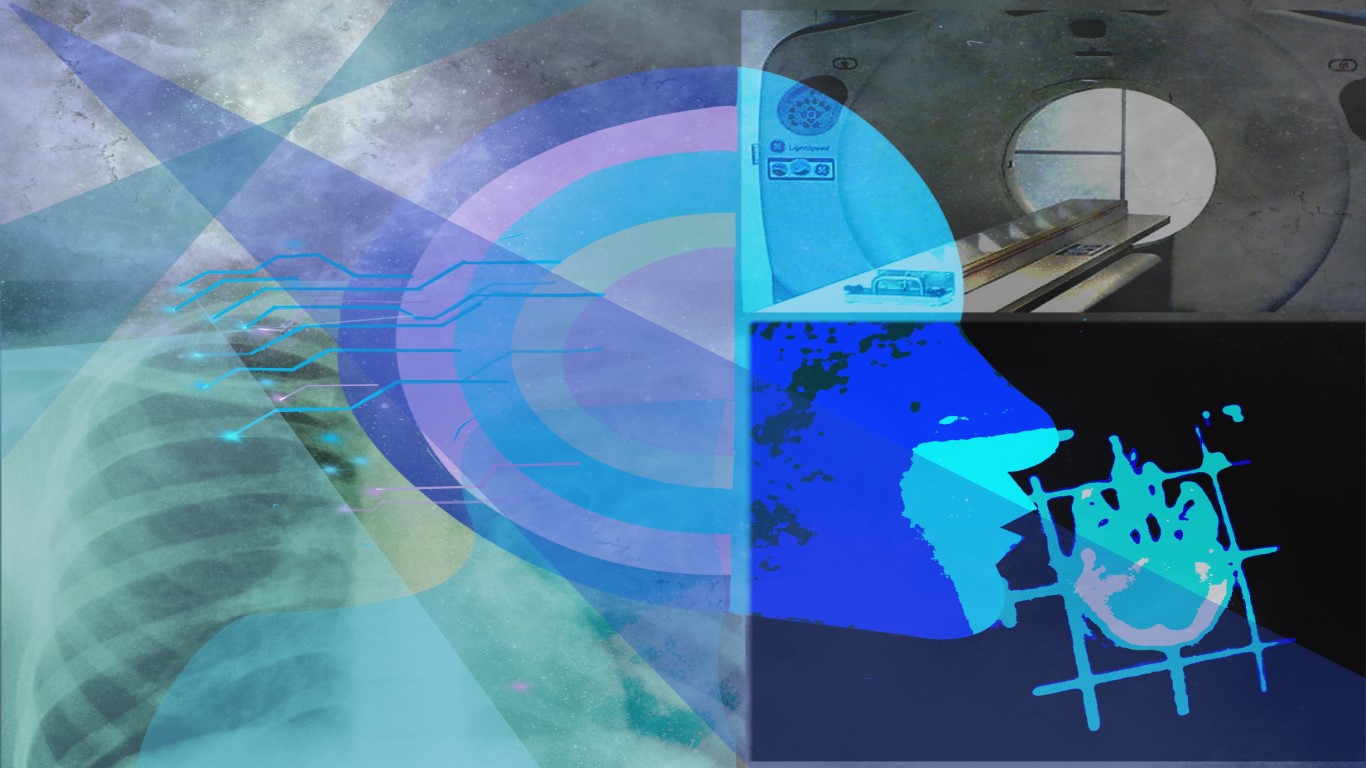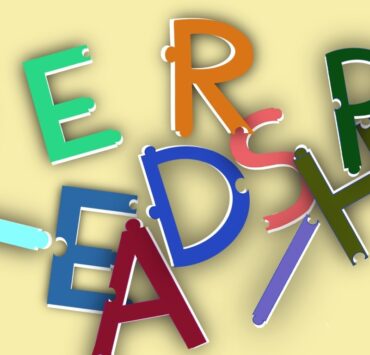AI IN DIAGNOSTIC IMAGING

Dr. R. Krishna Priya Godwin is the research lead for…
Thinking of ‘how to think’ is where we are now in this current world. It is the intelligence that drives the world, but now gradually transforming from human intelligence to Artificial Intelligence (AI). However, the normal perception of AI as ‘beyond limits and beyond boundaries’ could be far-fetched imaginations, at least as of now. Perhaps, mankind should be cautious about such situations, the reason why, as the world is pervasively pushing the possibilities of AI, a significant chunk of current research is in the areas of Explainable AI, Ethical AI and so on.
Connecting the human thought process to train in machine learnable form is what AI actually does. Development of an acceptable AI system is the one which could exactly identify and classify data to gain meaningful inferences or predictive outcomes. AI, therefore, becomes an essential tool for the health sector of the future. This, in no way, means AI would simply replace humans in the entire diagnosis process. It would augment the speed, accuracy and reliability of diagnosis.
In the medical imaging, AI intervention could be a real boon to mankind. The X-Ray/MRI/CT technicians could get supported by the AI system. AI could work mainly with a strong database, as it requires a system to provide training. A robust databank could be the key source on which the AI programming could start with. Let us discuss how AI could support in identifying lung disorders, which is of high importance during this time.
During a high demand situation where medical imaging data decision making plays a vital role, a delay in providing or starting the treatment will affect human life adversely. AI system could be embedded with the medical imaging system’s output rendering device, where the comparison of the image taken from the patient could be cross checked with the AI system. The AI system works in a fashion where it checks for the features of the current image with that of what AI system had already learned during the training operations.
The importance of large datasets for different kinds of diseases, and training the system and validating the output for more than 95% accuracy is highly essential in the case of medical imaging interventions. The selection of the database for particular dataset should be done under the supervision of a medical professional, who is specialised in that particular area. Hence, the major role of choosing the dataset for the AI system to learn starts with a vital human intervention.
These labelled datasets then undergo training in the AI, where multiple combinations of neural networks will be playing a main role. The current trend is transfer learning and ensemble learning mechanisms, where the training need not start from the scratch. AI having various neural networks will be useful for different operations. From the proven literature surveys and available research output, it will not be difficult to choose a neural network for medical image analysis.
There are AI systems developed to identify lung disorders like pneumothorax and tension pneumothorax. In this system, AI database is stored with a normal, pneumothorax and tension pneumothorax data. The AI system trained with this database would have undergone validation and provided acceptable results. In this, AI system to check for the redundancy and accuracy more than one neural network is used with transfer learning techniques. Typically, the chosen networks could be Res-Net 50, VGG-19 net and DenseNet201.
The AI system receives the patient chest X-ray. The pre-processing of the data is done at initial state to match to the requirements of the AI system, and image augmentation is performed. Once the data has been transformed to the requirement of the system, the AI system is ready to process the data. Then the AI system will quickly act on the input data and will identify or classify the chest input data into the category of either normal or pneumothorax, or even tension pneumothorax, which is the advanced stage of pneumothorax. This stage indicates a collapsed lung and therefore a critical condition.
Why AI is important?
Imagine a busy day in a hospital at the X-ray or CT section. The imaging technician just does his job of recording the data. After taking an X-ray or CT, there could be time lag in obtaining a radiologist’s report and follow-up actions with the patient. These again will depend on whether the case is that of an inpatient or outpatient.
What happens if the above process gets delayed? Will we miss cases that need emergency attention? The AI-system can, in fact, quickly identify the patient’s disease. In the case of a chest image, where the patient is having a specific disease or not could be identified in a few minutes. This will help the technician to immediately alert the doctor. This will accelerate the treatment and will support the patient to receive the medical services at the earliest. If this situation would have been delayed, in certain cases, the patient will end up in a life ceasing situation. Thus, AI can advance the medical imaging process in hospitals in many ways. It is quite exciting to see how technology could reduce scan times, provide proper diagnosis and enhance patient care.
Leading healthcare care equipment manufacturers do provide advanced AI techniques. They provide multi-modality image decision support. AI can automate some technical parts of the radiology workflow. It can intervene in the analysis of medical images faster than technicians and medical professionals, as it has better computational capabilities. It can improve the speed, efficiency and accuracy, which can further lead to better care. Virtual autopsy, for example, can be done in a few minutes and the records are available in digital format that can be analysed even after years. Researchers are trying to develop solutions that are able to automate diagnosis by applying deep learning techniques to post-mortem computed tomography images.
Though many AI integrated systems are in the budding stage, in the next couple of years, the medical imaging field will be dominated by AI. AI automated systems developed with human intelligence will enhance the diagnosis of many diseases and will support in quick decision making and care in a healthcare setting.
About the author: Dr. R. Krishna Priya Godwin is the research lead for Artificial Intelligence Lab at the National University of Science and Technology, Oman. Her area of interest includes medical imaging, control engineering, soft computing, optimization techniques, Artificial Intelligence, Data Science and its applications in multi-disciplinary areas. With many publications to her credit, she is also a reviewer for Springer, Elsevier and IEEE journals. Know more about her by clicking on the author link.
Disclaimer: The views expressed in this article are solely the author’s and do not necessarily represent that of her employer.



